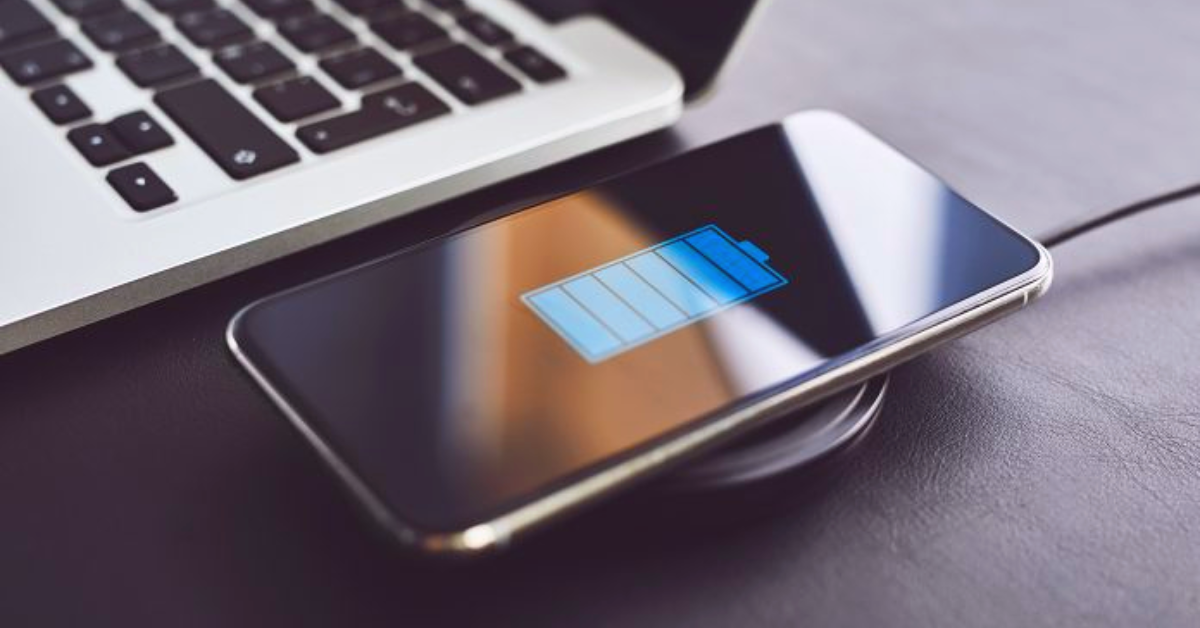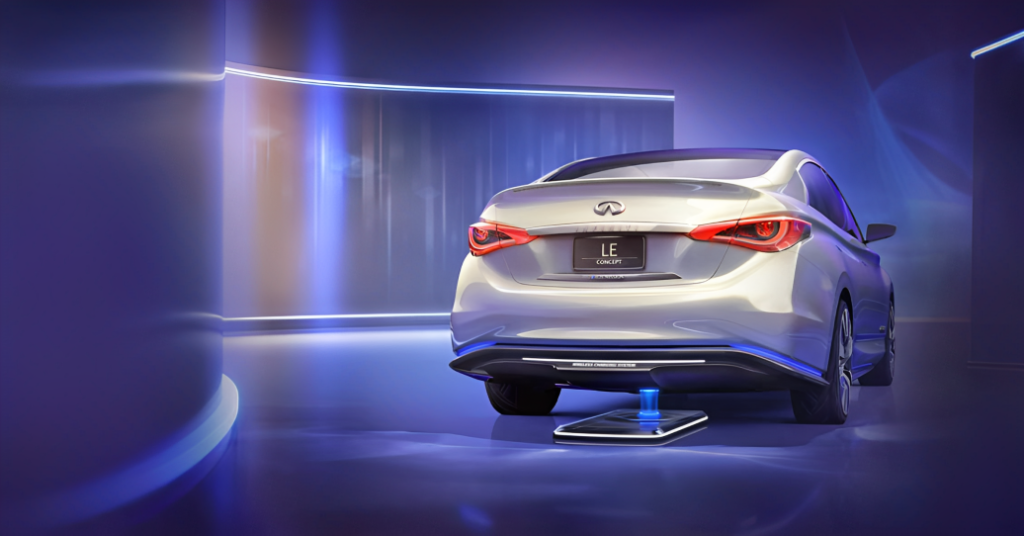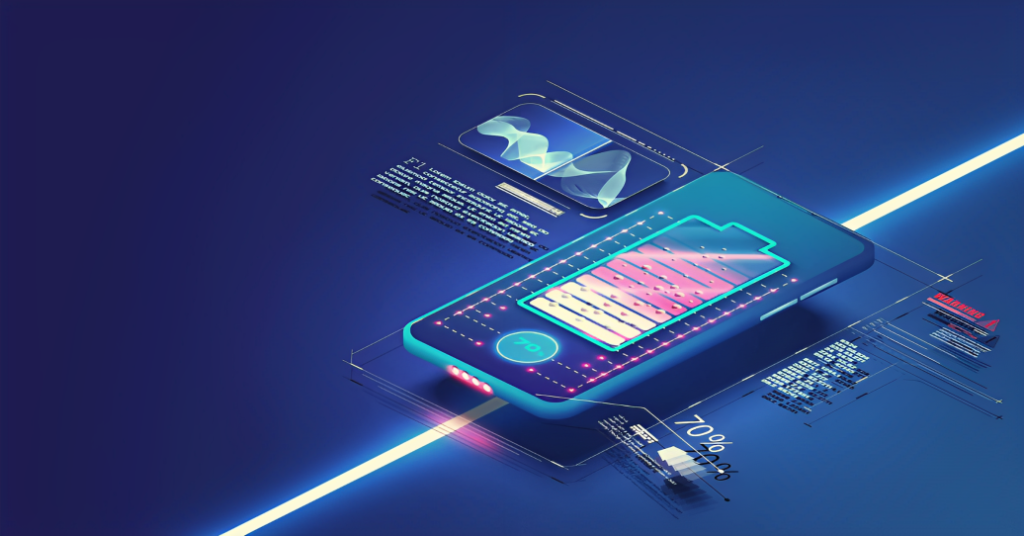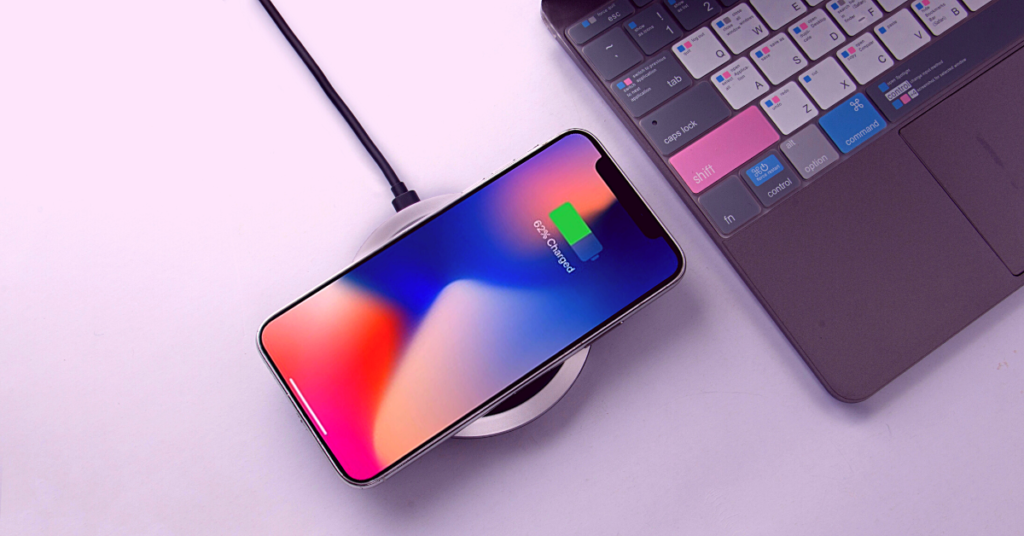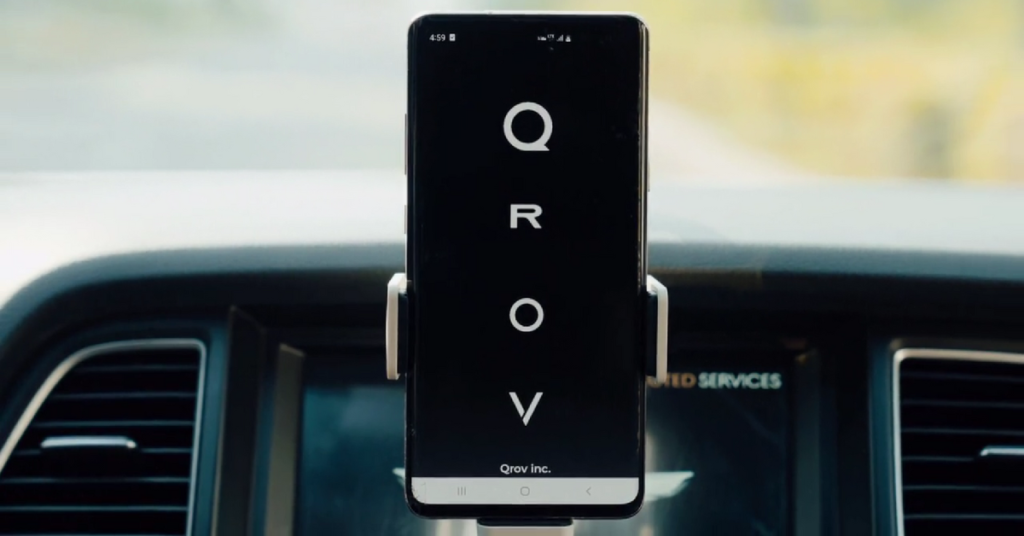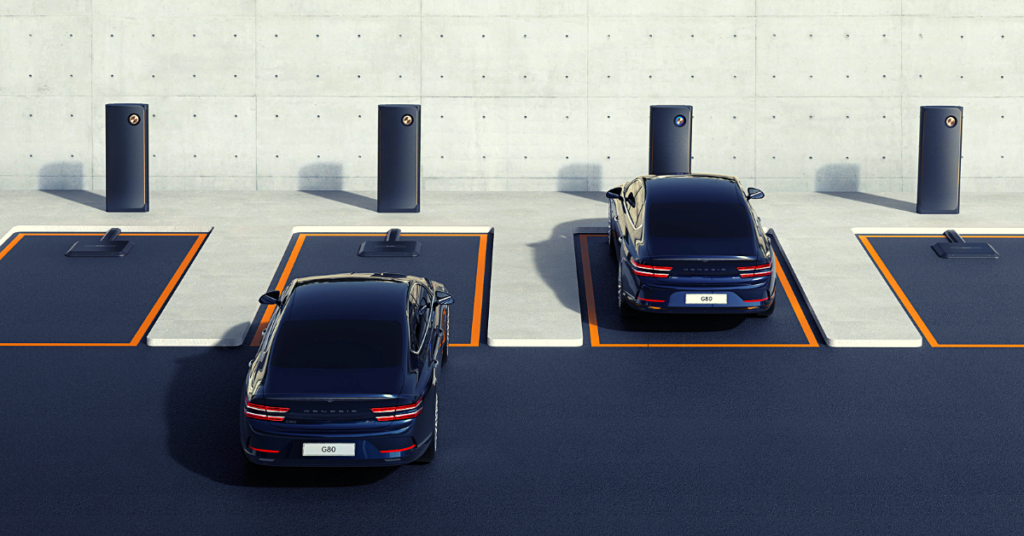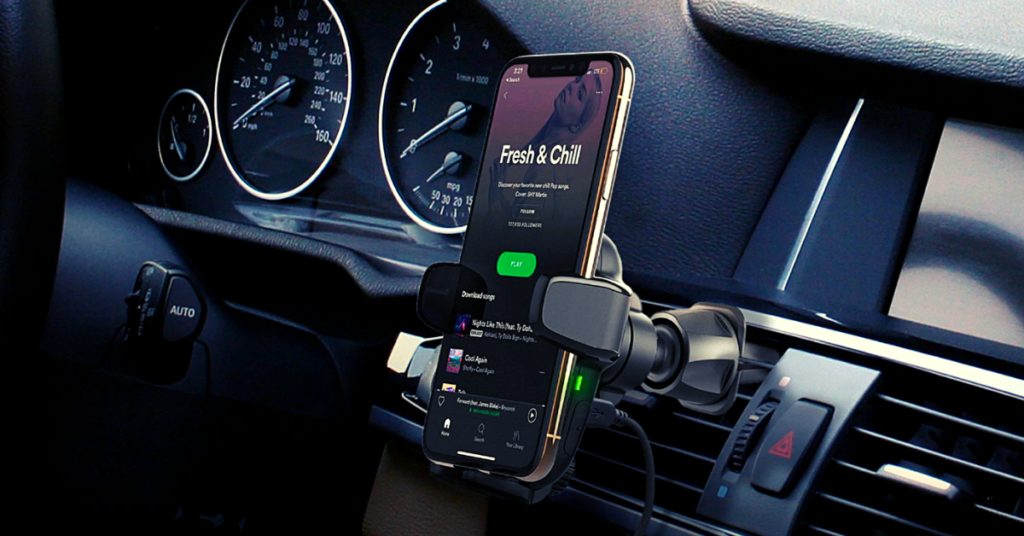A mobile phone is only as functional as its battery life; without a charged battery, it wouldn’t really be a mobile phone. However, while most of us use protective cases to keep our phones safe, we don’t appear to make as much of an effort to prolong the life of our phones’ batteries.
Today, the majority of modern smartphones, tablets, and laptops powered by lithium-ion batteries. Lithium-ion batteries have several benefits, such as smaller, lighter, and more slim phones due to their increased energy density, but they still lose some of their capacity over time.
Anyone who has used a mobile phone for a long time would undoubtedly notice that the battery life seems to be getting shorter over time, possibly lasting only half a day even after a full charge. This is because every time your phone charged and discharged, the lithium-ion battery loses capacity.
Your smartphone’s batteries may not last as long as they did when it was brand new if you’ve kept them for longer than a year. In the future, many smartphones won’t last a day on a single charge.
There are several ways to increase the battery life of your phone. Here are some recommended practices you may adhere to maintain the health of your smartphone battery, some of which you may already know and some of which may sound unfamiliar to you:
Don’t let your phone battery reach 0% or 100%
Some of you might believe that fully charging and fully discharging your battery—that is, trying to charge it to 100% and drain it completely—is the best way to keep it in good condition. You may have heard that calibrating your battery improves its performance.
This is a leftover of earlier battery types; lithium-ion batteries don’t function in this way. Battery memory cannot be calibrated. However, doing so puts stress on your lithium-ion battery and shortens its lifespan; fully draining your battery at 100% rather than 60% can cut the life of your battery in half.
Partial charging is the optimum approach because completely charged or fully depleted lithium-ion batteries are under the most stress. Your battery should ideally be charged up to about 80%, and you should try to keep it from falling below 30%. If this isn’t possible, attempt to charge your phone as soon as it reaches 20% and try to go for a maximum of 90%.
Avoid intense heat
Li-ion batteries operate poorly in extreme heat or cold. If you reside somewhere cold, choose thick phone cases that can keep your device warm. Keep your phone out of the sun when it’s hot outside. Li-on batteries’ deadliest enemy is heat, although cold can momentarily harm them.
The best thing to do is to avoid leaving or storing your mobile device in an enclosed area with little to no ventilation, because this will increase the temperature of the device, especially inside a hot automobile.
Reduce the screen’s brightness
By turning down your screen’s brightness, you can save power. The screen on your smartphone is the part that drains the most power. Although it still makes use of a light sensor, it gives iOS and Android users the option to automatically lower the screen brightness as it gets lighter outside. Disabling auto-brightness is advised.
The best way to save battery life on your phone is to manually adjust the brightness of your screen in accordance with the ambient lighting since you probably don’t need the maximum brightness.
Avoid phone usage while charging
The majority of people find it impossible to live without their phones due to their current status as a need. It is better to avoid using it while it is charging. When you use apps that take a lot of battery to function, this shortens the life of your battery.
It can also cause the phone to overheat, and as was already noted, heat is Li-on batteries’ biggest enemy. If using it absolutely necessary, keep your workload very low while your phone plugged in. The best course of action is to switch it off while it charges.
Manage apps instead of closing them
You might be thinking by this point that the best way to conserve battery life on your phone is to start closing all open apps. Wait, no, not right away!
Closing apps, or forcibly stopping background-running programs on your phone, has no effect whatsoever on battery life. In fact, it might possibly worsen the situation.
The operating systems for iOS and Android include built-in algorithms that automatically limit how much memory or processing power background apps use. You run the risk of breaking this clever system by forcing programs to shut down. Additionally, returning to a background-running program consumes less power than opening one that currently closed.
Instead, pay attention to how much background app refreshing your apps are performing. Do you require Facebook and Instagram to continually update even when you aren’t seeing them? For a review of the apps you actually require to be constantly refreshed on iOS, navigate to Settings > General > Background App Refresh.
The amount of power that each individual Android app uses when running in the background can actually be limited. Going to Settings > Apps & Notifications, selecting the apps tab, and selecting Advanced > Battery > Background restriction is better options than turning them off.
Utilize smart battery modes
A smart battery saver or low-power mode is now available for Android and iOS devices. These are particularly useful because they automatically reduce battery-draining operations, including CPU utilization, notifications, mail fetching, and screen brightness.
You may easily engage these power-saving settings manually, even though they automatically enabled when your phone’s battery is running low. Your phone will still work, but it will do so with less efficiency.
Even though you might not want to leave this mode on all the time, if you won’t be using your phone much for a while or want to minimize distractions, It might make the battery on your phone last longer.
Use automatic locking or reduce the screen timeout
Your mobile device’s screen can automatically switch off while not in use, just as laptops or computers can. By lowering the screen timeout or auto-lock by 1 minute or even 30 seconds, you can save power. These features are available on both iPhones and Androids, and they are simple to set up.
Conclusion:
You’re all set! We have outlined all of the important information about phone battery maintenance and the corresponding best practices. Smartphones are unquestionably essential in our daily lives. However, how effectively you can extend the battery life of the phone will directly affect its effectiveness. Preserving the lifespan of your phone battery and knowing “Why Proper Charging Phone Solutions are Essential For Smartphones” are essential for an individual to know. Given that you already understand how to prolong the battery’s life. You can save a significant sum of money over time by forgoing unforeseen battery replacements.

